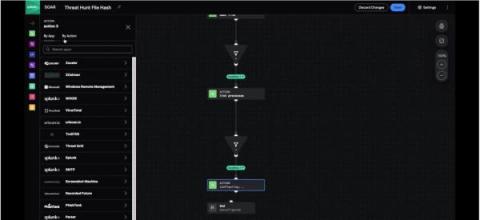Bot Types 101: Bad Bots, Good Bots and Everything in Between
Bots have become integral to our lives, offering many benefits across various industries. Of all these bots, there are good bots, bots for telling dad jokes and (significantly less cool) bots focused on distributing malware. Understanding the types of bots out there should help you harness the power of good bots while helping you identify bots to avoid. This article will explore all types of bots, empowering you to make informed decisions and reap the rewards while keeping risks at bay.











